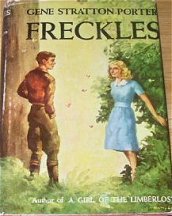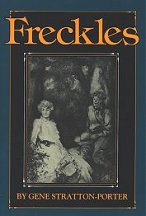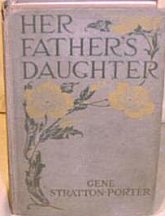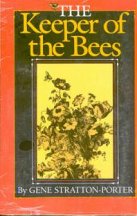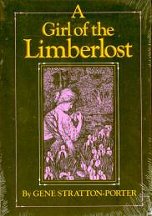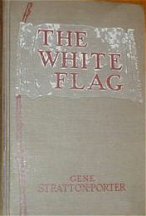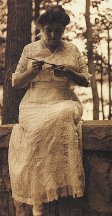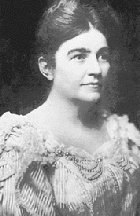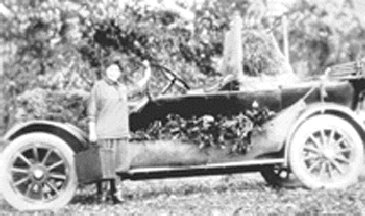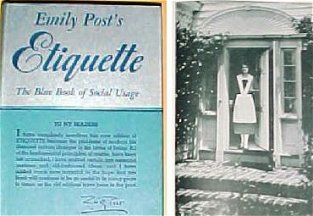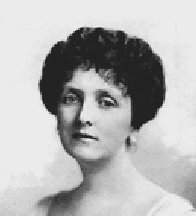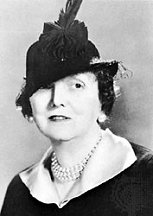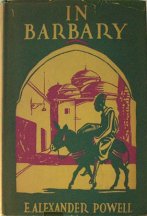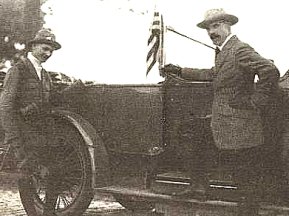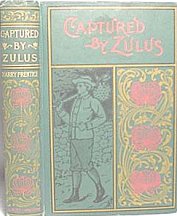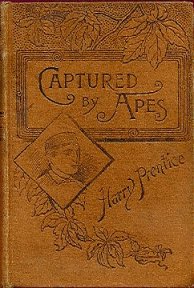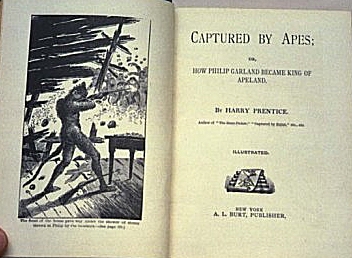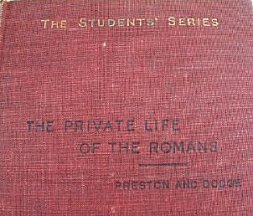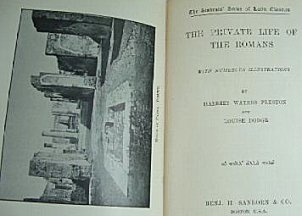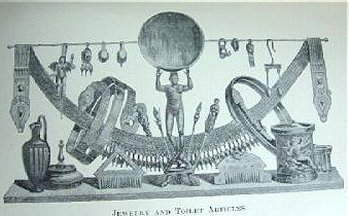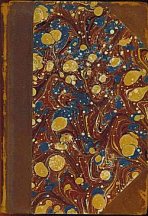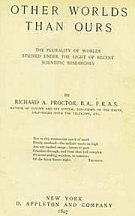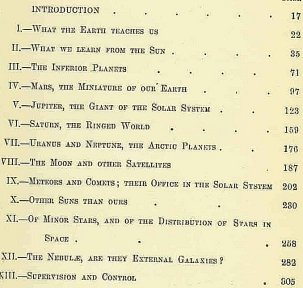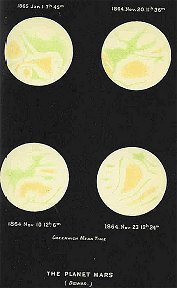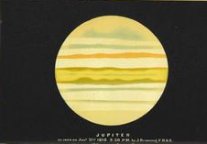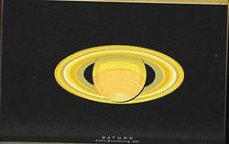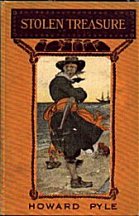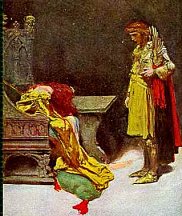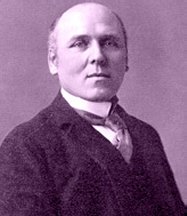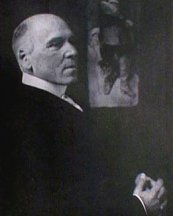Biography
RICHARD ANTHONY PROCTOR (1837-1888), British astronomer,
was born at Chelsea on the 23rd of March 1837. He was a delicate child,
and, his father dying in r850, his mother attended herself to his education.
On his health improving he was sent to King's College, London, from which
he obtained a scholarship at St John's College, Cambridge. He graduated
in 1860 as 23rd wrangler. His marriage while still an undergraduate probably
accounted for his low place in the tripos. He then read for the bar, but
turned to astronomy and authorship instead, and in 1865 published an article
on the "Colours of Double Stars" in the Cornhill Magazine. His first book
- Saturn and his System - was published in the same year, at his own expense.
This work contains an elaborate account of the phenomena presented by the
planet; but although favourably received by astronomers, it had no great
sale. He intended to follow it up with similar treatises on Mars, Jupiter,
sun, moon, comets and meteors, stars, and nebulae, and had in fact commenced
a monograph on Mars, when the failure of a New Zealand bank deprived him
of an independence which would have enabled him to carry out his scheme
without anxiety as to its commercial success or failure. Being thus obliged
to depend upon his writings for the support of his family, and having learned
by the fate of his Saturn that the general public are not attracted by
works requiring arduous study, he cultivated a more popular style. - He
wrote for a number of periodicals; and although he has stated that he would
at this time willingly have "turned to stone-breaking on the roads, or
any other form of hard and honest but unscientific labour, if a modest
competence had been offered" him in any such direction, he attained a high
degree of popularity, and his numerous works had a wide influence in familiarizing
the public with the main facts of astronomy. His earlier efforts were,
however, not always successful. His Handbook of the Stars (1866) was refused
by Messrs Longmans and Messrs Macmillan, but being privately printed, it
sold fairly well. For his Half-Hours with the Telescope (1868), which eventually
reached a 10th edition, he received originally 25 from Messrs Hardwick.
Although teaching was uncongenial to him he took pupils in mathematics,
and held for a time the position of mathematical coach for Woolwich and
Sandhurst.
His literary standing meantime improved, and he became
a regular contributor to The Intellectual Observer, Chambers's Journal
and the Popular Science Review. In 1870 appeared his Other Worlds than
Ours, in which he discussed the question of the plurality of worlds in
the light of. new facts. This was followed by a long series of popular
treatises in rapid succession, amongst the more important of which are
Light Science for Leisure Hours and The Sun (1871); The Orbs around Us
and Essays on Astronomy (1872); The Expanse of Heaven, The Moon and The
Borderland of Science (1873); The Universe and the Coming Transits and
Transits of Venus (1874);(1874); Our Place among Infinities (1875); Myths
and Marvels of Astronomy (1877); The Universe of Stars (1878); Flowers
of the Sky (1879); The Peotry of Astronomy (1880); Easy Star Lessons and
Familiar Science Studies (1882); Mysteries of Time and Space and The Great
Pyramid (1883); The Universe of Suns (1884); The Seasons (1885); Other
Suns than Ours and Half-Hours with the Stars (1887). In 1881 he founded
Knowledge, a popular weekly magazine of science (converted into a monthly
in 1885), which had a considerable circulation. In it he wrote on a great
variety of subjects, including chess and whist. He was also the author
of the articles on astronomy in the American Cyclopaedia and the ninth
edition of the Encyclopaedia Britannica, and was well known as a popular
lecturer on astronomy in England, America and Australia. Elected a fellow
of the Royal Astronomical Society in 1866, he became honorary secretary
in 1872, and contributed eighty-three separate papers to its Monthly Notices.
Of these the more noteworthy dealt with the distribution of stars, starclusters
and nebulae, and the construction of the sidereal universe. He was an expert
in all that related to map-drawing, and published two star-atlases. A chart
on an isographic projection, exhibiting all the stars contained in the
Bonn Durchmusterung, was designed to show the laws according to which the
stars down to the 9 - 10th magnitude are distributed over the northern
heavens. His "Theoretical Considerations respecting the Corona" (Monthly
Notices, xxxi. 184, 254) also deserve mention, as well as his discussions
of the rotation of Mars, by which he deduced its period with a probable
error of 0 9.005. He also vigorously criticized the official arrangements
for observing the transits of Venus of 1874 and 1882. His largest and most
ambitious work, Old and New Astronomy, unfortunately left unfinished at
his death, was completed by A. Cowper Ranyard and published in 1892. He
settled in America some time after his second marriage in 1881, and died
at New York on the 12th of September 1888.
See Monthly Notices, xlix. 164; Observatory, xi. 366;
The Times, (Sept. 14, 1888); Knowledge (Oct. 1888, p. 265); Appleton's
Annual Cyclopaedia, xiii. 707; Autobiographical Notes in New Science Review,
i. 393.
REF:
http://www.1911encyclopedia.org/Richard_Anthony_Proctor |

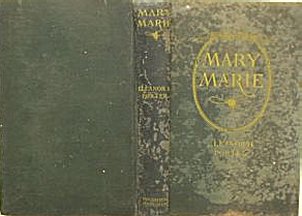
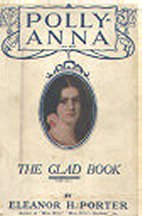
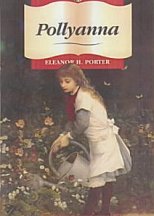
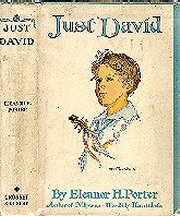
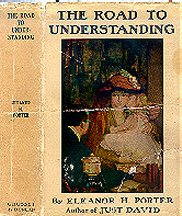
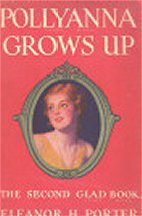
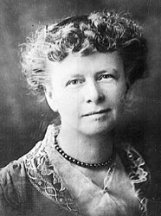 Eleanor
H. Porter was born in New Hampshire in 1868. She didn't spend much
time in school during her childhood, because her family believed that being
outdoors would make her stronger! She loved music. After completing her
studies at the New England Conservatory of Music in Boston, she became
a choir leader, singer and teacher. When she was 24 years old, Eleanor
married John Lyman Porter. They traveled to Tennessee and later settled
in New York. Eleanor began to publish books first short stories and then
many novels for both adults and children. She sometimes used the pen name
of Eleanor Stuart. Pollyanna, written in 1913, was Eleanor's most successful
book and was widely read in many countries around the world. Eleanor several
other books about this little "glad" girl. In 1920, the year that Eleanor
Porter died, the first film version of Pollyanna was produced.
Eleanor
H. Porter was born in New Hampshire in 1868. She didn't spend much
time in school during her childhood, because her family believed that being
outdoors would make her stronger! She loved music. After completing her
studies at the New England Conservatory of Music in Boston, she became
a choir leader, singer and teacher. When she was 24 years old, Eleanor
married John Lyman Porter. They traveled to Tennessee and later settled
in New York. Eleanor began to publish books first short stories and then
many novels for both adults and children. She sometimes used the pen name
of Eleanor Stuart. Pollyanna, written in 1913, was Eleanor's most successful
book and was widely read in many countries around the world. Eleanor several
other books about this little "glad" girl. In 1920, the year that Eleanor
Porter died, the first film version of Pollyanna was produced.
